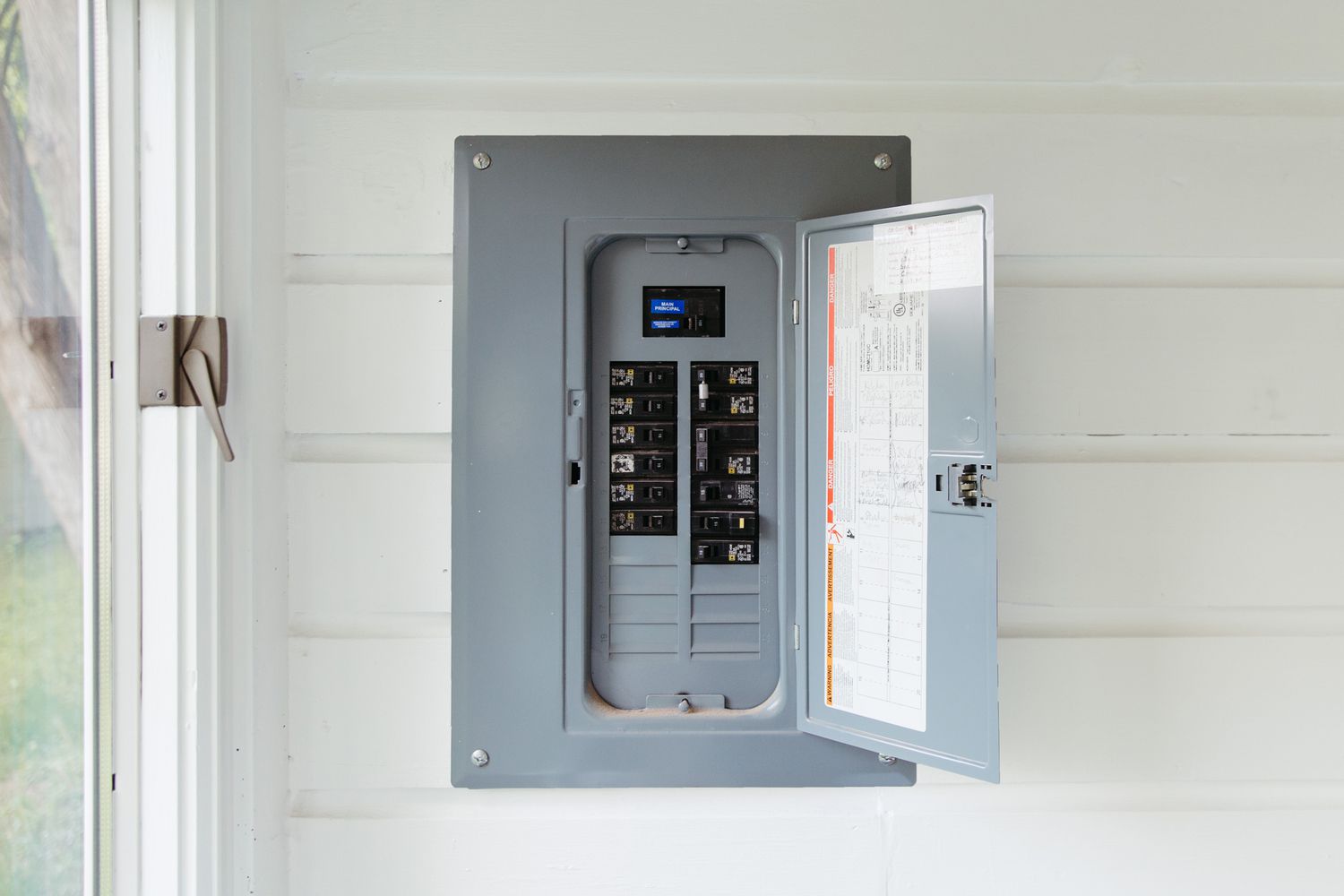

Articles
What Is The Main Electrical Box Called
Modified: March 1, 2024
Discover the main electrical box called the Articles and learn its importance in electrical systems. Get insights on its functions and components.
(Many of the links in this article redirect to a specific reviewed product. Your purchase of these products through affiliate links helps to generate commission for Storables.com, at no extra cost. Learn more)
Introduction
The main electrical box, often referred to as the electrical service panel or circuit breaker panel, is an essential component of a residential or commercial electrical system. It serves as the central hub for distributing electricity throughout a building, ensuring a safe and efficient flow of electrical power to various circuits and appliances.
In this article, we will delve into the main electrical box, its components, purpose, safety measures, and common issues that may arise. Understanding the main electrical box is crucial for homeowners, tenants, and even professionals in the field of electrical work. So, let’s begin by exploring the definition of the main electrical box.
Key Takeaways:
- The main electrical box, also known as the circuit breaker panel, is the central control unit for distributing electricity in a building, ensuring safety, efficient power management, and protection against electrical hazards.
- Safety measures, regular maintenance, and prompt resolution of common issues are essential for maintaining a safe and functional main electrical box. Always seek professional assistance for any electrical concerns.
Read more: What Is The Electrical Box Called
Definition of the Main Electrical Box
The main electrical box, also known as the electrical service panel or circuit breaker panel, is a metal box that contains multiple circuit breakers or fuses. It is typically located in a utility room, basement, or garage, and serves as the primary distribution point for electrical power within a building.
The main electrical box is connected to the utility power lines and acts as the interface between the external electrical supply and the internal electrical circuits. It receives the incoming electricity and distributes it to various circuits within the building, such as lighting, appliances, and outlets.
Within the main electrical box, there are several bus bars or strips of conductive metal that provide connections for the circuit breakers or fuses. The circuit breakers regulate the current flow to different circuits, protecting them from overloading and potential electrical hazards.
The main electrical box is equipped with a main disconnect switch, which allows for the complete shutdown of power to the entire building. This switch is typically located at the top or the bottom of the panel and is used in emergency situations or for performing maintenance on the electrical system.
In summary, the main electrical box is the central control unit for the electrical power within a building. It receives, distributes, and protects the electrical current, ensuring the safe and efficient operation of various electrical circuits and appliances.
Components of the Main Electrical Box
The main electrical box consists of several essential components that work together to manage and control the distribution of electrical power throughout a building. Let’s explore the key components:
- Circuit Breakers or Fuses: These are devices designed to protect the electrical circuits from overloading. Circuit breakers are the most common type used in modern electrical panels, while older installations may still have fuses. When an overload occurs, the circuit breaker trips, interrupting the flow of electricity to prevent damage or fire hazards. Fuses, on the other hand, are one-time use devices that need to be replaced when they blow.
- Bus Bars: These metal strips or bars are responsible for distributing the electric current from the main electrical supply to different circuit breakers or fuses within the panel. They provide the necessary connection points for the electrical circuits, ensuring a reliable and efficient flow of electricity.
- Main Disconnect Switch: Also known as the main breaker, this switch is located either at the top or bottom of the electrical panel and is used to control the supply of power to the entire building. In case of emergencies or for maintenance purposes, flipping the main disconnect switch shuts off power to all the circuits in the building.
- Neutral and Ground Bars: These bars provide connections for neutral wires and ground wires, respectively. The neutral wires carry the return current from the electrical circuits back to the main electrical box, while the ground wires protect against electrical shocks and provide a safe path for any stray electrical currents.
- Meter Base: In many cases, the main electrical box is connected to an electrical meter base, which measures the amount of electricity consumed. This allows the utility company to accurately bill for the electricity usage.
- Door or Cover: The main electrical box is typically enclosed by a hinged door or a removable cover. This provides protection and prevents unauthorized access to the electrical components inside the panel.
These components work together to ensure the safe and efficient distribution of electrical power throughout a building. It is important to have a clear understanding of these components to properly maintain and troubleshoot any issues that may arise with the main electrical box.
Purpose of the Main Electrical Box
The main electrical box serves several important purposes within a residential or commercial building. Let’s explore the key purposes of this essential component:
- Power Distribution: The primary purpose of the main electrical box is to distribute electrical power throughout the building. It receives the incoming electrical supply from the utility lines and routes it to different circuits and outlets, allowing for the operation of various electrical appliances, lighting fixtures, and other electrical devices.
- Overload Protection: The main electrical box is equipped with circuit breakers or fuses that act as safeguards against overloading. These devices monitor the flow of electricity in each circuit and interrupt the current if it exceeds the safe limit. By doing so, they protect the electrical wiring from overheating, potential damage, and fire hazards.
- Electrical Circuit Management: The main electrical box allows for the organization and management of electrical circuits within a building. Different circuits can be assigned to specific areas or appliances, making it easier to diagnose and rectify issues without affecting the entire electrical system.
- Grounding and Safety: The main electrical box provides the necessary connections for grounding and safety measures. Grounding wires are connected to the ground bar, protecting against electrical shocks and ensuring the safe dissipation of any stray electrical currents.
- Accessibility and Control: Having a centralized main electrical box enables convenient access and control over the electrical system. It allows for easy monitoring of the circuit breakers or fuses, facilitating quick response to any electrical issues or emergencies.
- Metering: In many cases, the main electrical box is connected to an electrical meter base, which measures the amount of electricity consumed. This allows for accurate billing by the utility company based on the exact usage.
Overall, the main electrical box plays a vital role in the safe and efficient distribution of electrical power within a building. It ensures proper power management, protects against electrical hazards, and provides accessibility and control over the electrical system.
The main electrical box is called the “service panel” or “breaker box.” It is where the main power line enters your home and is distributed to the various circuits. It is important to know its location and how to safely reset breakers if needed.
Safety Measures for the Main Electrical Box
The main electrical box is a critical component of the electrical system, and it is important to follow safety measures to ensure the well-being of both individuals and the property. Let’s explore some essential safety measures when dealing with the main electrical box:
- Qualified Professionals: It is highly recommended to hire a licensed electrician for any work involving the main electrical box. They have the knowledge and experience to handle the components safely and accurately.
- Power Shutdown: Before working on or inside the main electrical box, ensure that the power supply is shut off. This can be done by turning off the main disconnect switch located in the box. Use a voltage tester to verify that there is no electrical current present.
- Protective Gear: Wear appropriate protective gear, such as safety glasses and insulated gloves, when working with the main electrical box. This provides a layer of protection against potential electrical shocks.
- Proper Ventilation: The main electrical box should be properly ventilated to prevent overheating. Ensure that there is sufficient airflow around the box by maintaining clearances as per the manufacturer’s guidelines.
- Regular Inspections: Conduct regular inspections of the main electrical box to check for signs of wear, damage, or corrosion. If you notice any issues, contact a qualified electrician for further evaluation and necessary repairs.
- Avoid Overloading: Do not overload the electrical circuits by plugging in too many devices or appliances. This can lead to overheating and potential fire hazards. Spread your electrical load across different circuits to maintain a balanced distribution of power.
- Avoid Water Contact: Keep the main electrical box and the surrounding area dry. Water can cause electrical shorts and increase the risk of electrical shocks. If there is water leakage or moisture present, contact a professional electrician to address the issue.
- No Unauthorized Access: Ensure that only authorized individuals have access to the main electrical box. Keep the box securely locked and avoid tampering with the components unless you are a qualified professional.
- Labeling: Properly label the circuit breakers or fuses in the main electrical box to easily identify which circuit corresponds to which area or appliance. This will make troubleshooting and maintenance tasks more efficient and minimize the risk of errors.
- Regular Maintenance: Schedule periodic maintenance checks by a licensed electrician to inspect and maintain the main electrical box. This will help identify potential issues early on and ensure the ongoing safety and functionality of the electrical system.
By following these safety measures, you can minimize the risks associated with the main electrical box and ensure that your electrical system operates safely and efficiently.
Read more: What Is The End Of An Electrical Cord Called
Common Issues with the Main Electrical Box
The main electrical box is a complex system that can encounter various issues over time. Identifying and addressing these issues promptly is crucial to prevent electrical hazards and ensure the proper functioning of the electrical system. Let’s explore some common problems that can occur with the main electrical box:
- Tripped Circuit Breakers: One of the most common issues with the main electrical box is tripped circuit breakers. This occurs when there is an excess of electrical current flowing through a circuit, causing the circuit breaker to trip and interrupt the power supply. To resolve this issue, identify the circuit breaker that has tripped and switch it back into the “ON” position.
- Frequent Power Outages: If you experience frequent power outages in your building, it could be a sign of an issue with the main electrical box. This can be caused by loose connections, faulty circuit breakers, or inadequate electrical capacity. A certified electrician should be contacted to diagnose the problem and make the necessary repairs.
- Overloaded Circuits: Overloading circuits is a common issue in residential and commercial buildings. When too many devices or appliances are connected to a single circuit, it can lead to overheating and potential fire hazards. To prevent this, spread your electrical load across different circuits and consider upgrading your electrical system if needed.
- Corroded Connections: Over time, the connections within the main electrical box can become corroded due to moisture, humidity, or aging. Corroded connections can cause poor electrical conductivity, leading to power fluctuations, overheating, and equipment damage. Regular inspections and maintenance can help identify and address corroded connections.
- Outdated Wiring: If your building has outdated or inadequate wiring, it can pose a significant risk. Older electrical systems may not have the capacity to handle the electrical demands of modern appliances and technology, potentially leading to electrical hazards. Consider upgrading the wiring to ensure safety and efficiency.
- Meter Problems: Issues with the electrical meter base can also affect the main electrical box. Faulty or malfunctioning meters can cause inaccurate readings, leading to billing discrepancies or electrical system problems. If you suspect an issue with the meter, contact your utility company for assistance.
- Insufficient Grounding: Proper grounding is essential for electrical safety. If your main electrical box lacks adequate grounding or if the ground connections are faulty, it can increase the risk of electrical shocks and equipment damage. A qualified electrician can inspect and improve the grounding system if necessary.
- Inadequate Capacity: If you frequently experience tripped circuit breakers or frequent power outages, it may indicate that your main electrical box has an insufficient electrical capacity. With the increasing number of electronic devices and appliances in modern households, upgrading the main electrical box may be necessary to meet the demand.
- Damaged or Worn Components: Over time, the components within the main electrical box can become damaged or worn out. This can include circuit breakers, bus bars, disconnect switches, or the enclosure itself. Regular inspections and maintenance can help identify and replace any damaged or worn components before they cause further issues.
- Improper Wiring Modifications: Incorrect or poorly executed wiring modifications can pose serious hazards. If any modifications or additions have been made to the electrical system without following proper procedures and codes, it can lead to electrical problems, including short circuits, overloads, or even electrical fires.
It is important to remember that dealing with electrical issues requires expertise and should be left to qualified professionals. If you encounter any problems with your main electrical box, it is advisable to contact a licensed electrician to assess and resolve the issues.
Conclusion
The main electrical box, also known as the electrical service panel or circuit breaker panel, is a crucial component of any residential or commercial electrical system. It serves as the central hub for distributing electricity throughout a building, ensuring a safe and efficient flow of electrical power to various circuits and appliances.
In this article, we have explored the definition of the main electrical box and its components, including circuit breakers or fuses, bus bars, main disconnect switch, neutral and ground bars, meter base, and the door or cover. We have also discussed the main purpose of the electrical box, which is to distribute power, provide overload protection, manage electrical circuits, ensure grounding and safety, enable accessibility and control, and facilitate metering.
It is crucial to follow safety measures when dealing with the main electrical box, such as hiring qualified professionals, shutting off power before working on the box, wearing protective gear, maintaining proper ventilation, conducting regular inspections, avoiding overloading, preventing water contact, restricting unauthorized access, labeling circuit breakers or fuses, and scheduling regular maintenance.
Additionally, we have highlighted common issues that can occur with the main electrical box, including tripped circuit breakers, frequent power outages, overloaded circuits, corroded connections, outdated wiring, meter problems, insufficient grounding, inadequate capacity, damaged or worn components, and improper wiring modifications. Identifying and addressing these issues promptly is essential to prevent electrical hazards and ensure the proper functioning of the electrical system.
In conclusion, understanding the main electrical box and its components, as well as following safety measures and addressing common issues, is crucial for maintaining a safe and efficient electrical system. Always consult a qualified electrician for any concerns or problems with your main electrical box to ensure the safety of your property and everyone within it.
Frequently Asked Questions about What Is The Main Electrical Box Called
Was this page helpful?
At Storables.com, we guarantee accurate and reliable information. Our content, validated by Expert Board Contributors, is crafted following stringent Editorial Policies. We're committed to providing you with well-researched, expert-backed insights for all your informational needs.
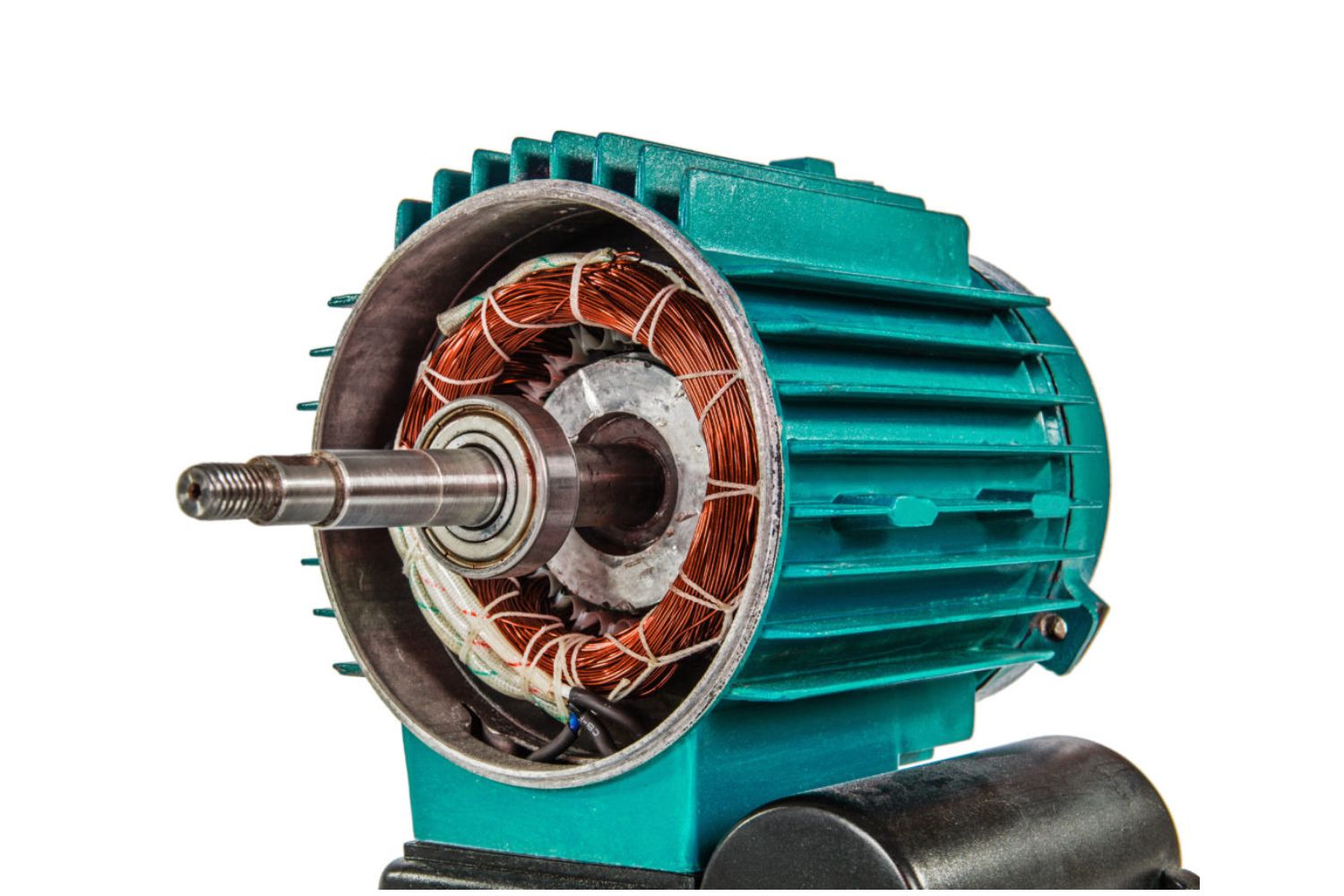
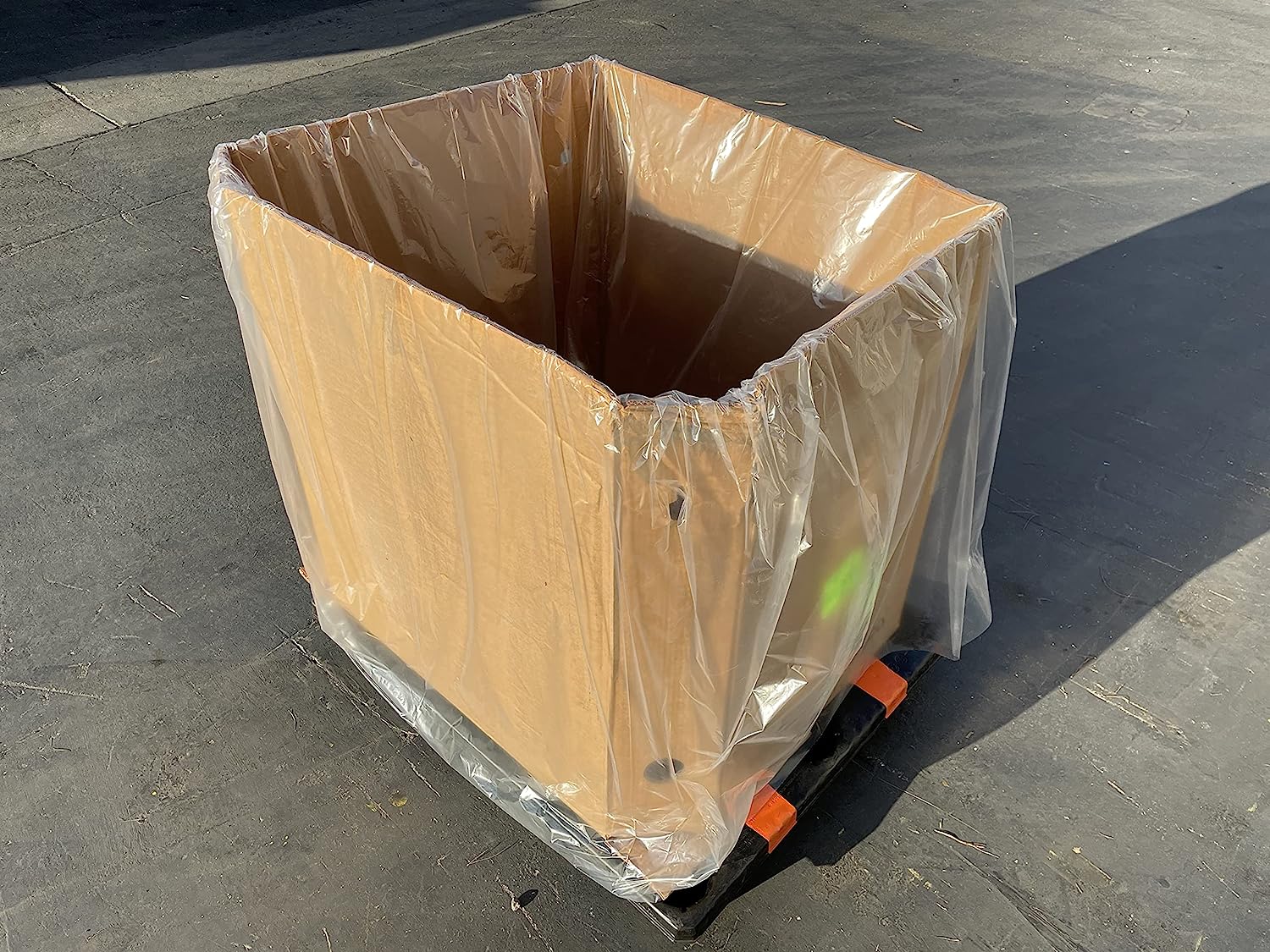
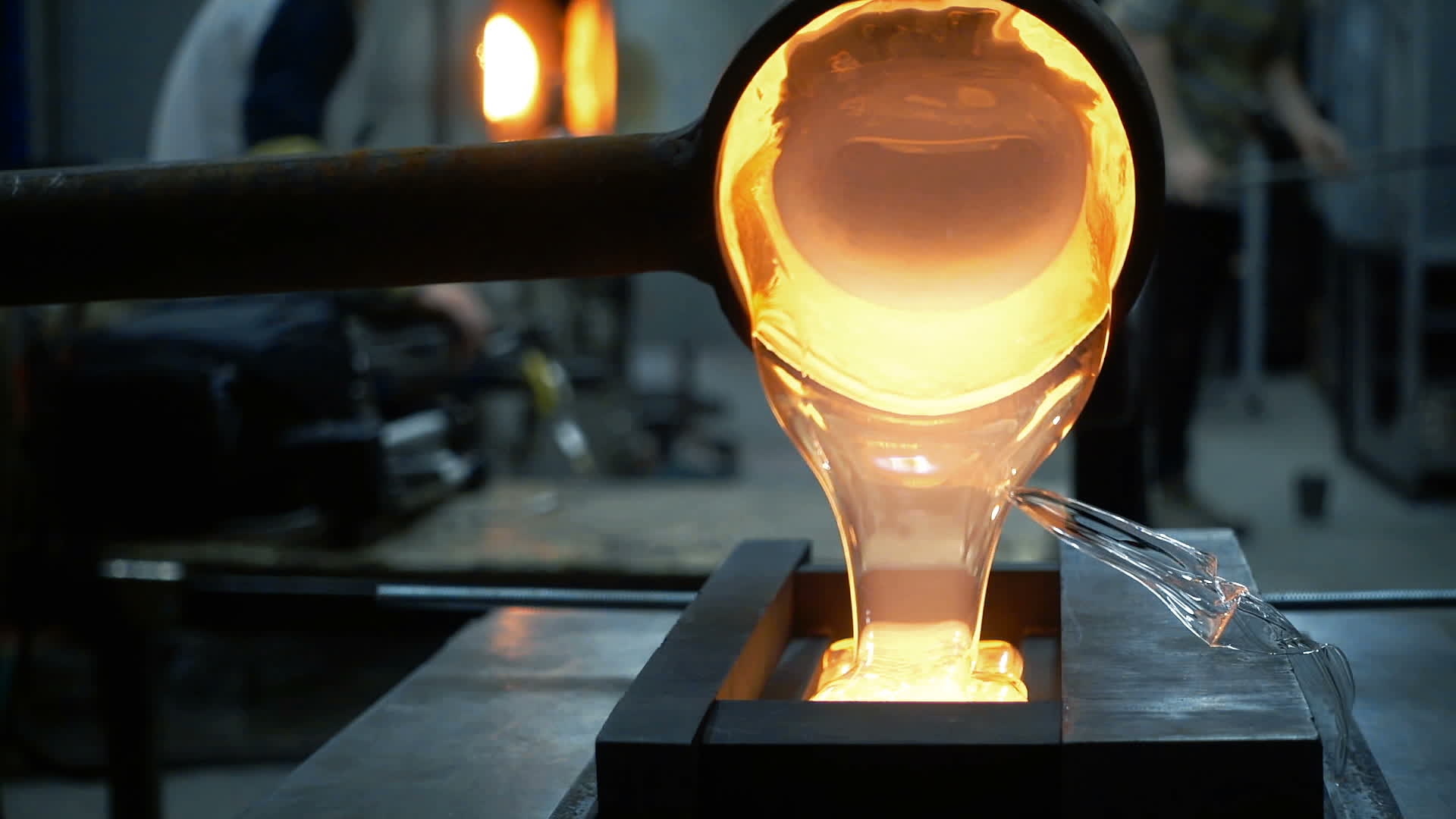
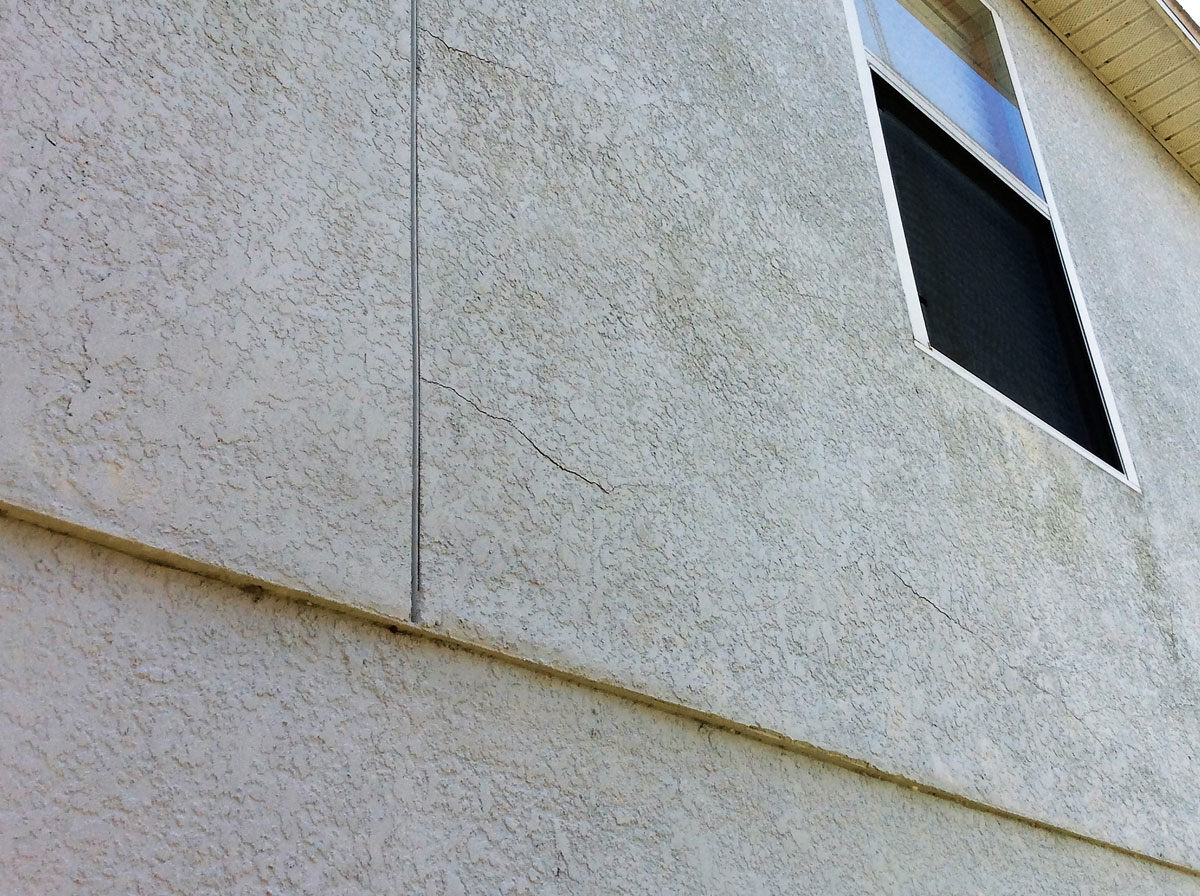

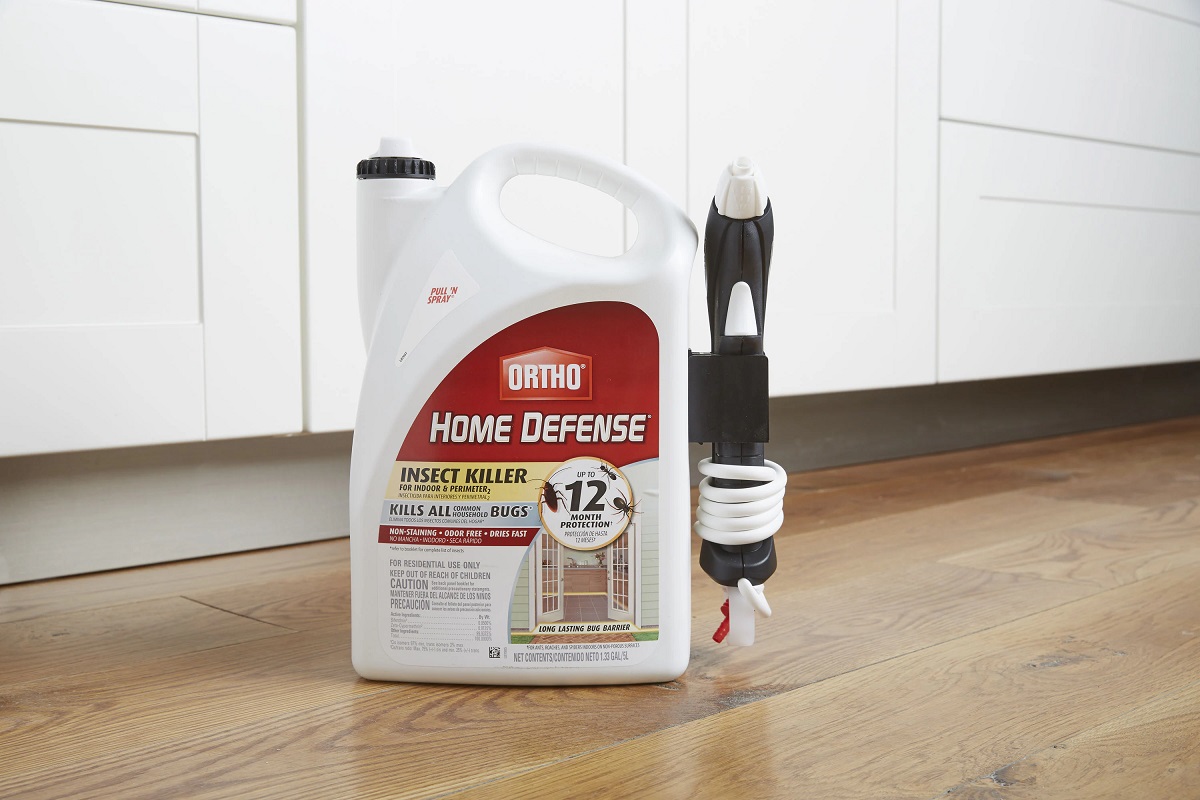

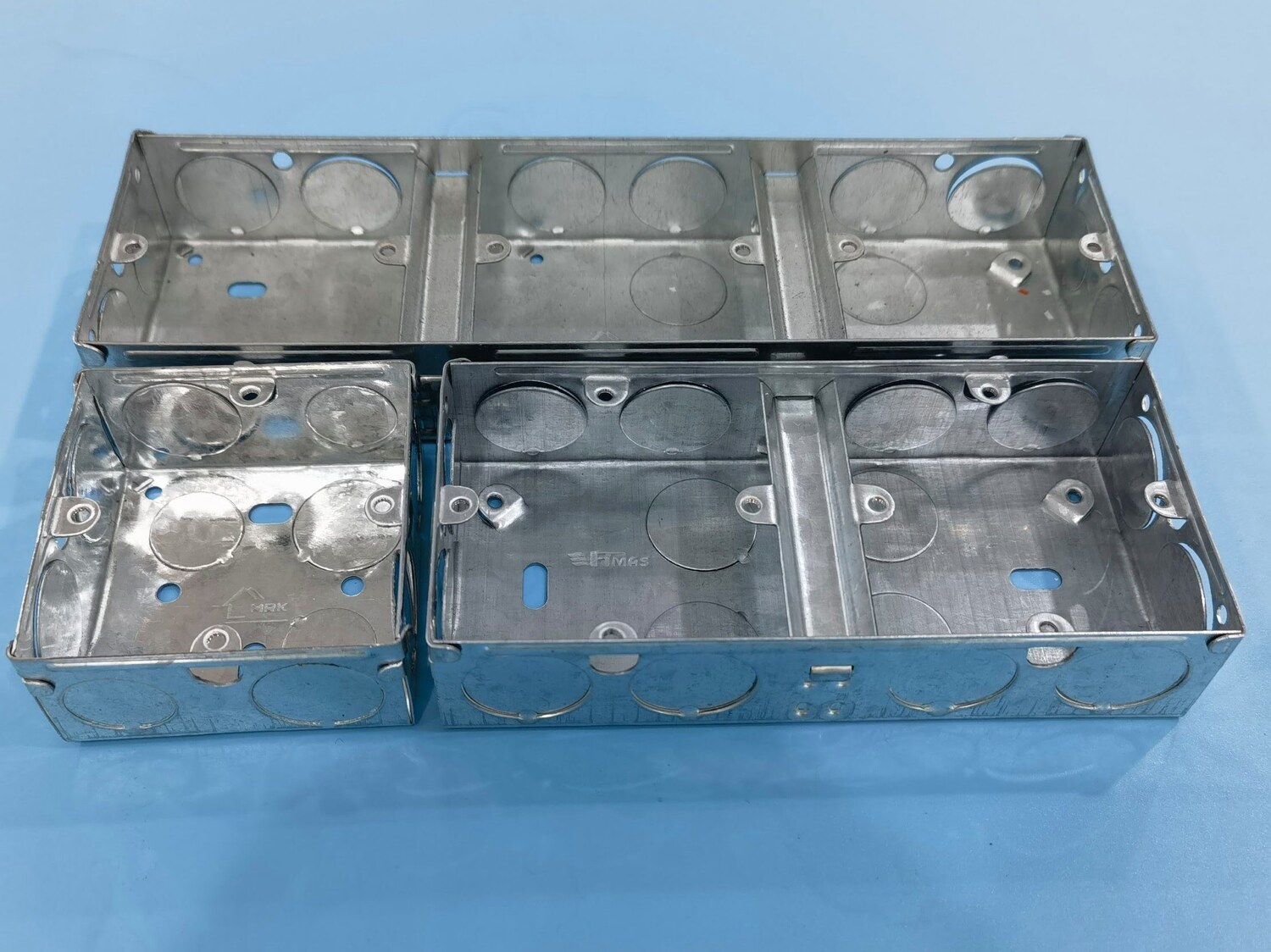
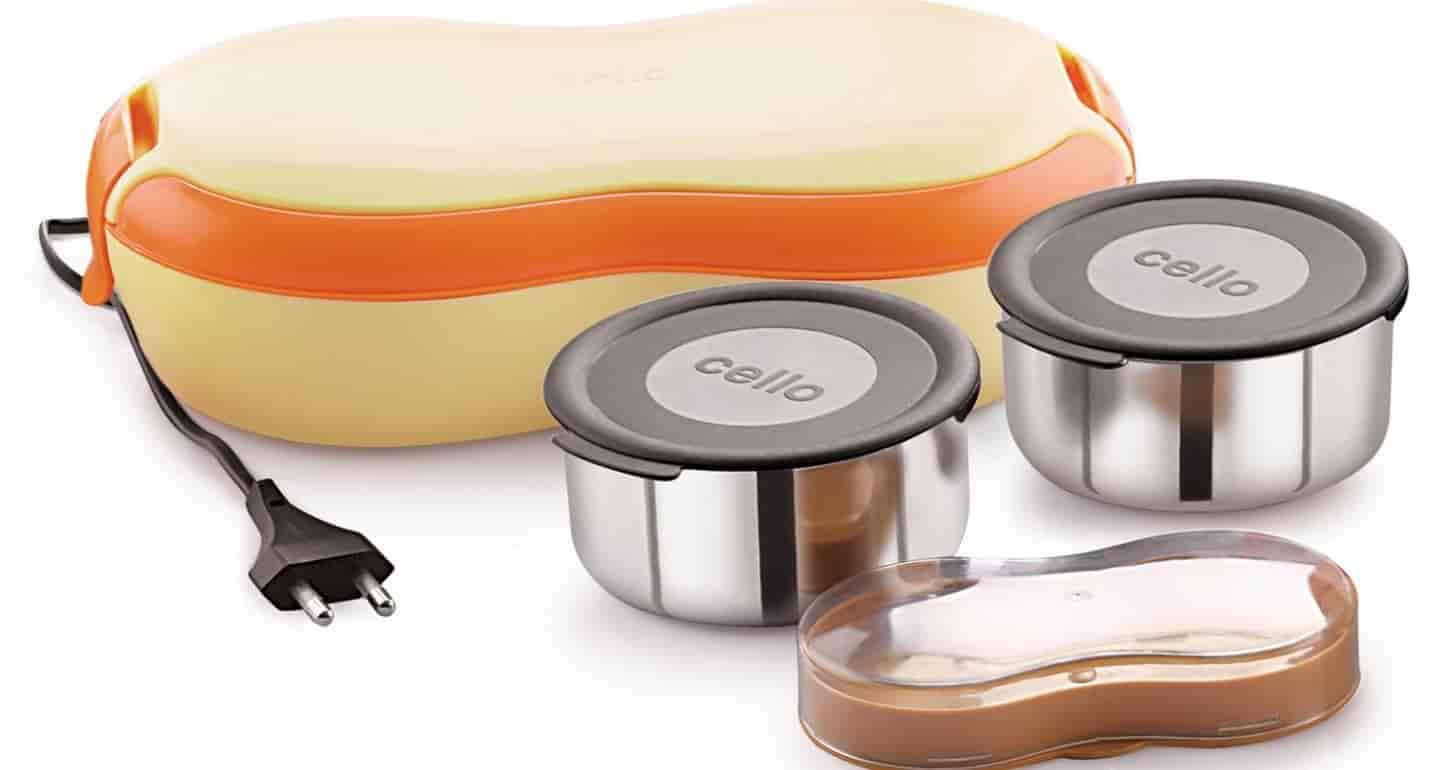


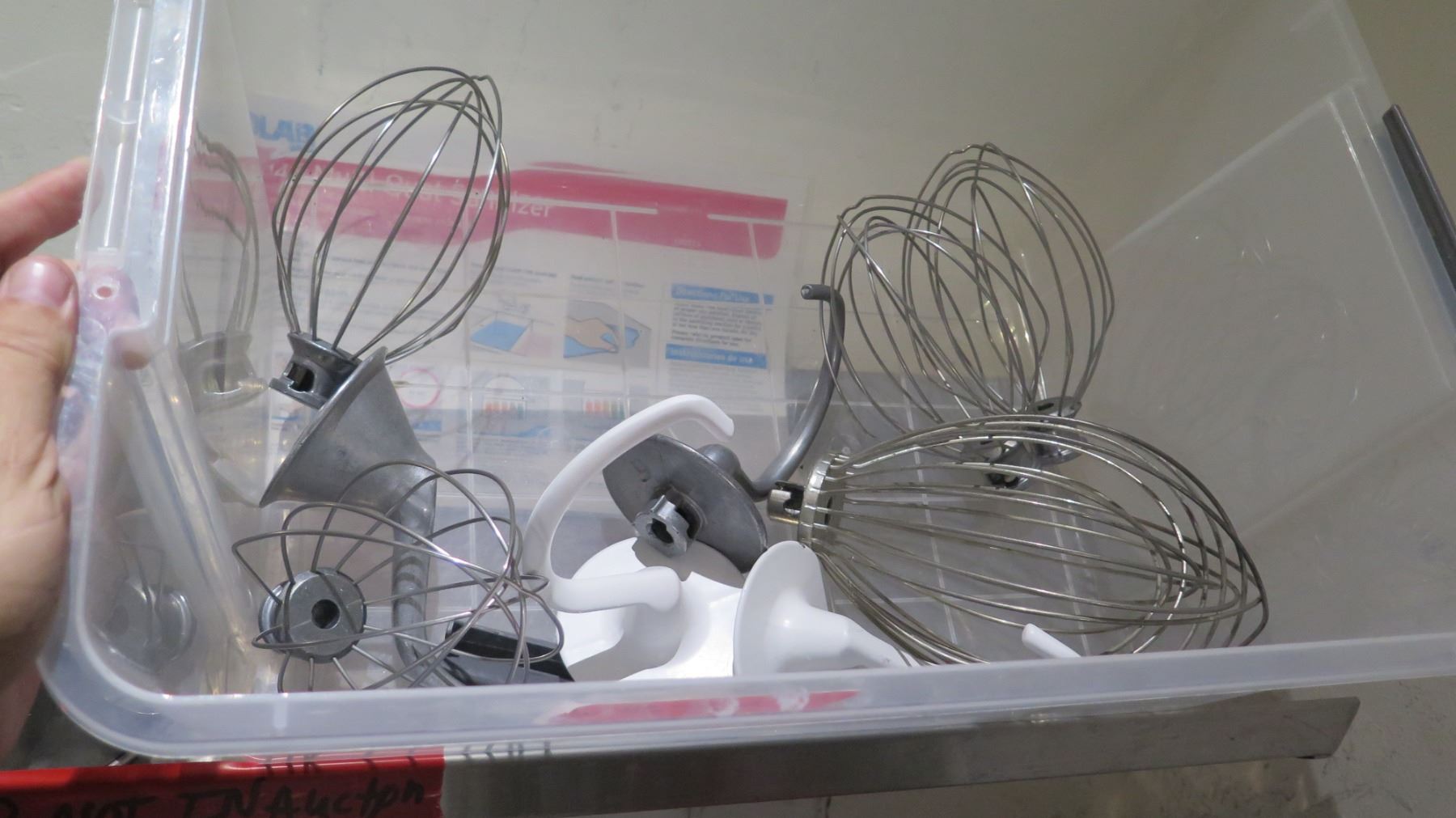

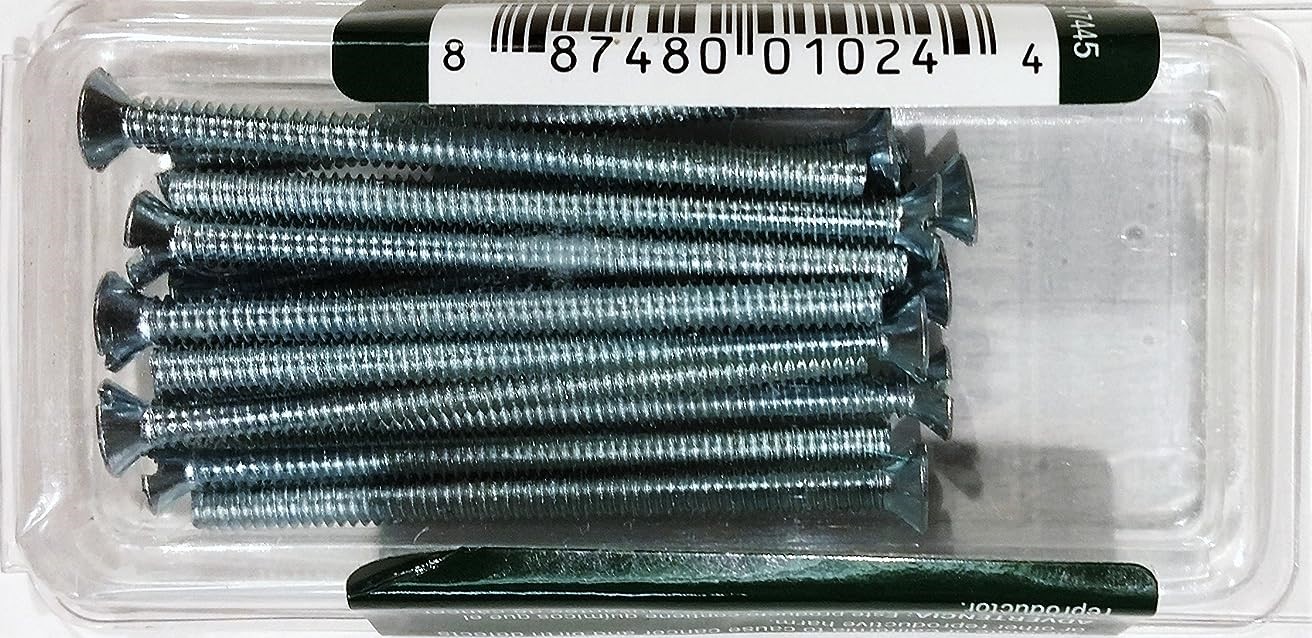

0 thoughts on “What Is The Main Electrical Box Called”